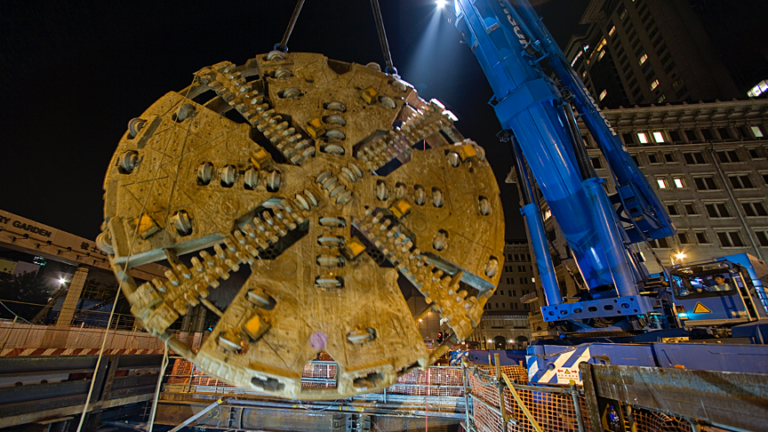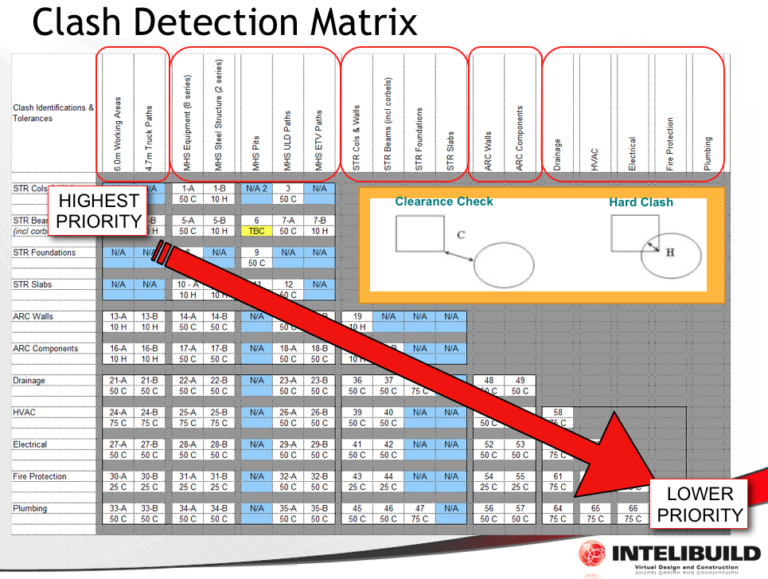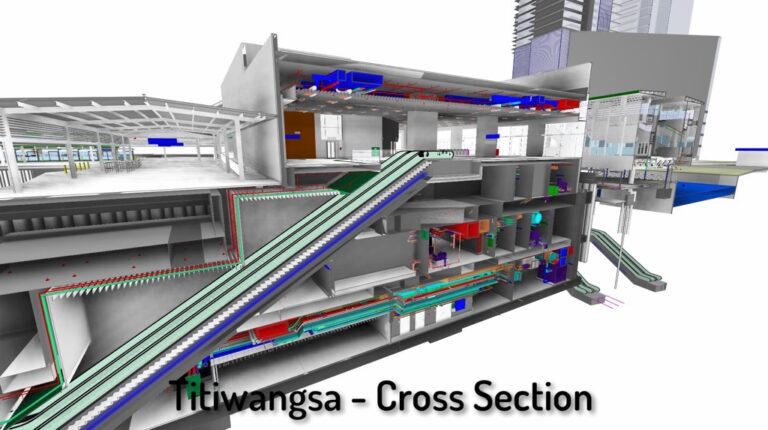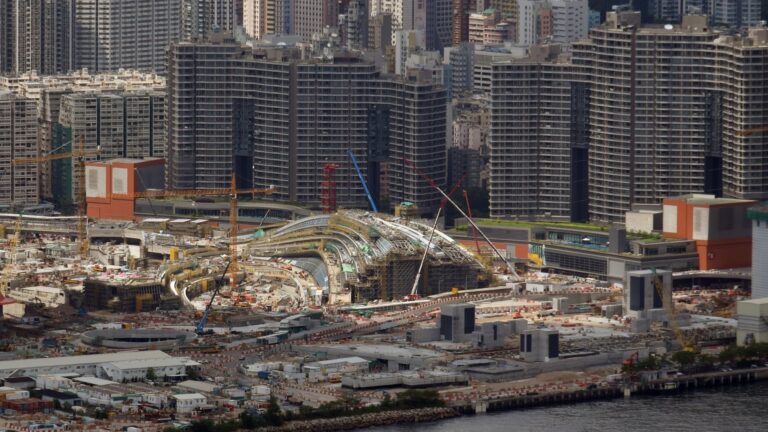Originally published on 23-July-2007
When You search Google for BIM, Revit, Tekla, 3D Coordination, VDC, Navisworks or other key phrases related to BIM Managers, Information Management and BIM training, You will always find positive success stories.
Having been involved in the planning and setting-up of multi-discipline BIM projects using different applications our team have learned many valuable lessons. Some of them we have learned through trial and error, some from failures of particular processes or strategies and most lessons we learned are from our practical implementation experience.
Here are five important tasks you must always get right as a BIM Manager.
- Design Team Engagement
As the BIM Manager, your role is to ensure every member of the design team is capable of using and interacting with and using the BIM models and tools. - Skills Training
What skills does your team currently have? What areas need improvement? How are new members of your team onboarded and briefed on your BIM processes? You must ensure you invest time and energy in training and educating the project team on to use BIM quickly and easily. - Co-ordinates
A single co-ordinate and grid system must be established and agreed as soon as possible. Ideally, the origin point for the model should be local to the building site and at the bottom left or south west corner of the building on plan. - Units
All software applications must be installed with default metric units and all units must be mm for a building project. When 2D drawings from design consultants and contractors are used to model from or check against, they must be checked to ensure the units and drawing scales are correct. Any errors will need to be notified to the relevant author to ensure the necessary corrections are made. - Setting out geometry
There must be only 1 set of models and or drawings which are referred to for all setting out. For example, for curved shells, the architect and engineers will decide the setting out language and the dedicated geometry specialist will develop the geometry based on the agreed criteria. The information and setting out data will be available to everyone from a centralised and controlled location. This will ensure the structural engineers can set out their steelwork and concrete structures correctly.
There are many other issues that a BIM Manager should be aware of and these include, but of course, are not limited to;
- Drawing Production from models – model first, draw second
- Clash detection and clash resolution procedures – if it’s wrong in the model, it will be wrong on site
- Scope of work definition – who’s doing what?
- Client Involvement – engage with your clients and educate them on the business benefits of BIM
- Contractor and Sub-contractor liaison – get involved with the builders and installers as early as possible
… and there are many more interesting topics. Subscribe for more training videos, presentations and articles related to being a BIM Manager.






Dear Ronan,
it nice to find this article while reading about BIM, it is informative and straight to the point
Thank you
Jaser
It’s fascinating to me that my views from 2007 are still relevant in 2022. Thanks for taking time to read my posts